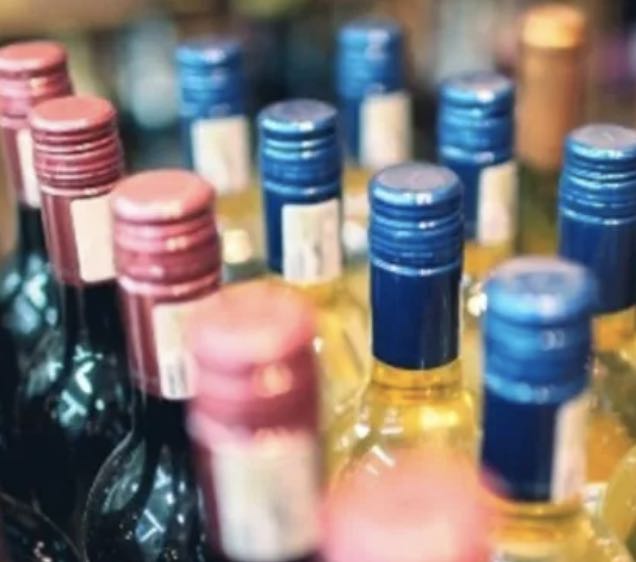When Is The Best Time To Bottle Wine? (Smart Winemaking)

Deciding when to bottle your wine can be tricky. There is no one size fits all timeline, but there are some factors that should be taken into consideration. No matter what the wine type, it should appear crystal clear by the time of bottling. The wine should also be “stable” so that no unexpected processes occur inside the bottle.
Most white wines will be bottled relatively early, when the fruit is still vibrant and expressive. Red wines often are left to age in bulk until the aggressive tannin starts to round out and the wine comes into balance. Beyond the basic timing considerations, you may choose to bottle your wine because the tank, barrel, or carboy is needed for another wine that has just finished fermenting. I will often bottle a few wines in the fall to free up space for the new batches but only if the wine is ready. Here are the main drivers that will influence my decision on when to bottle.
Clarity
After fermentation has completed, microscopic particles like grape pulp bits and yeast will begin to fall out of suspension. As this happens, the wine will appear gradually more clear and a light dusting of sediment or “lees” will coat the bottom of the storage vessel or carboy. This process can be accelerated with fining agents or filtration, but I generally like to let the wine clear on its own (Many fining agents/filters can also strip desirable characteristics from the wine). Eventually the wine will become crystal clear. This is easy to spot in a white wine. In a red wine, a flashlight can aid in checking for clarity.
A wine that is not clear will eventually clear up in the bottle, leaving sediment behind. If back sweetening is performed on a cloudy wine, it will likely re-ferment in the bottle, causing corks to go flying.
Most wines will clear up within 3-6 months after fermentation.
Cold Stability
A wine that is not cold stable, will create potassium bitartrate (Cream of Tartar) crystals in the bottle. Cold stabilization can occur quite well naturally if your wine storage area gets cool (<55°F) for a long enough period of time, like several months of the winter. To quickly cold stabilize a wine, chill between 27°F and 35°F for about a week. This will assure that any crystals will fall out before the wine goes to bottle.
If you do end up with a few crystals in the bottle, don’t worry… they are unsightly but harmless. I see this all the time with store bought bottles and am usually a little cautious when pouring the last glass from a bottle.

